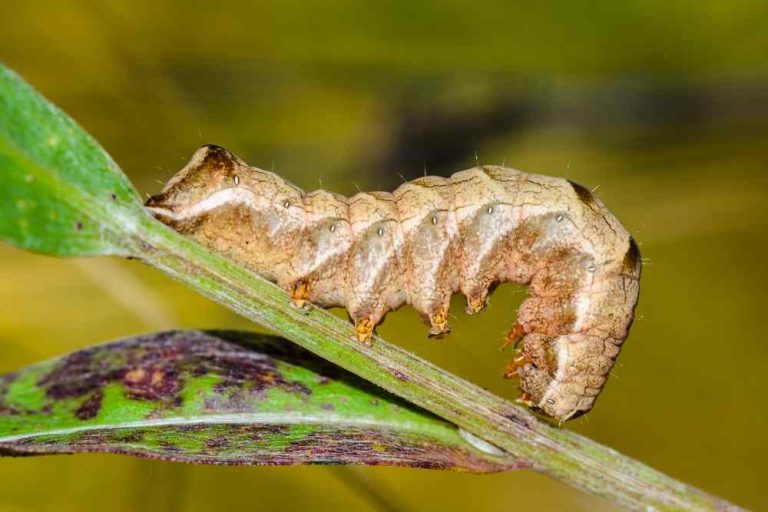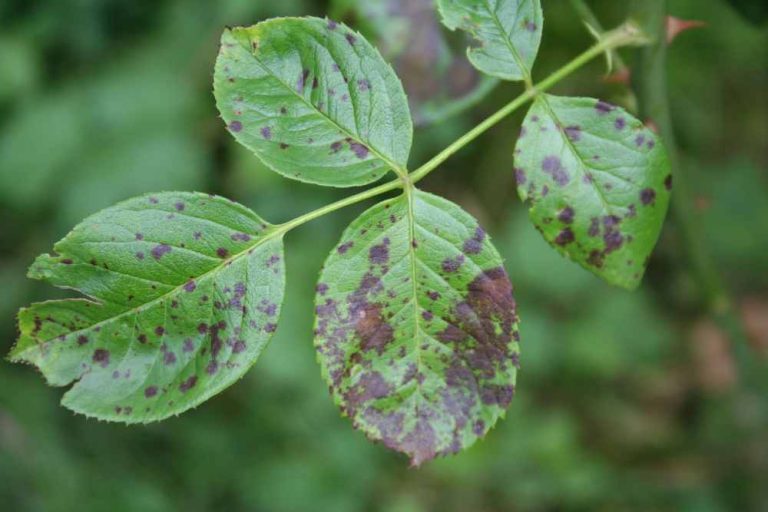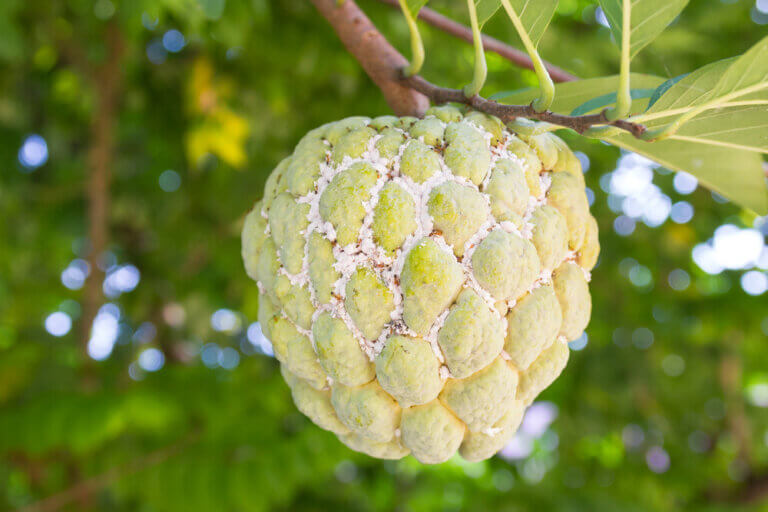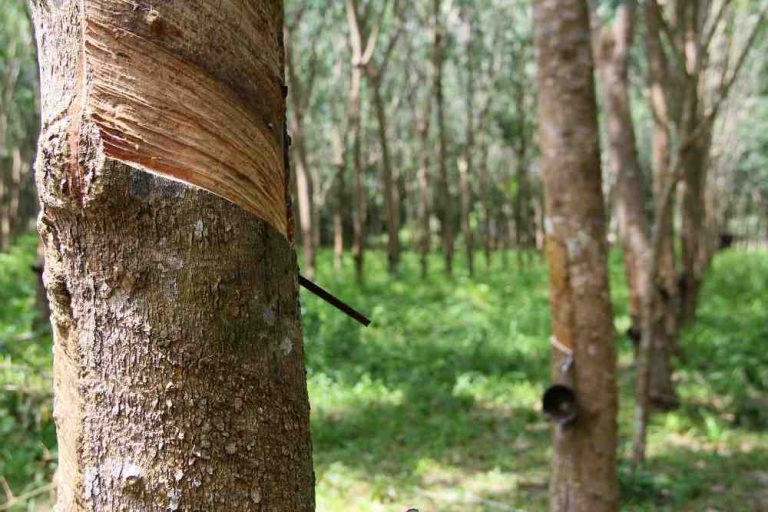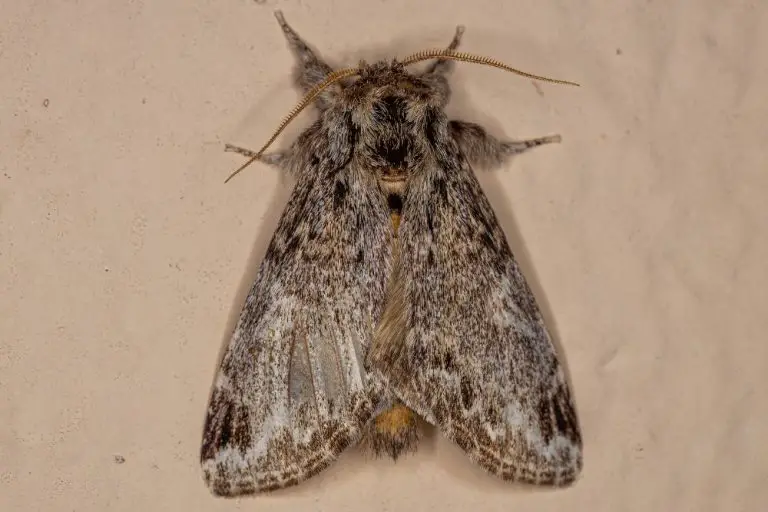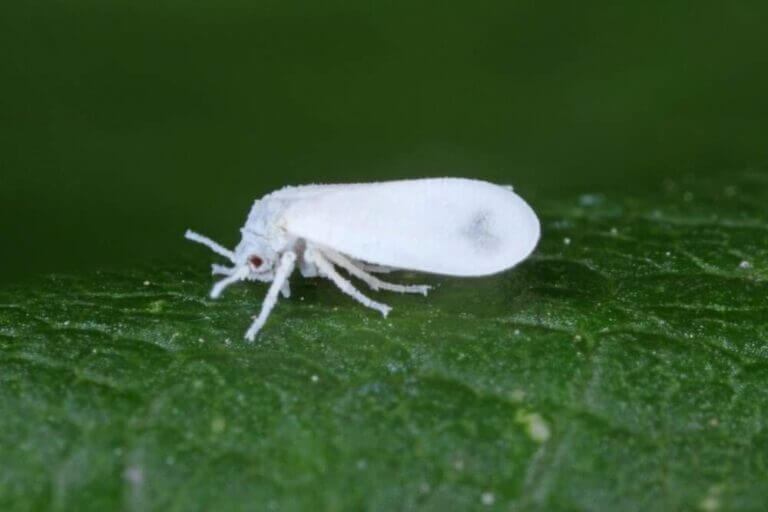Ultimate Guide to Preventing and Treating Powdery Mildew in Your Crops
Powdery mildew is a disease that affects a wide range of plants, including agronomic crops, fruit, vegetable, and herbaceous and woody ornamentals. It is caused by many different species of fungi. The disease is easy to diagnose as its symptoms are quite distinctive.
All powdery mildew fungi require living plant tissue to grow. The important thing about this disease is all powdery mildew species can germinate and get infected in the absence of water, even though humidity requirements for germination vary.
The fungi caused by this powdery mildew reduce photosynthesis, increase respiration and transpiration, and drive slower growth. it rarely kills their hosts. The disease can be easily recognized in most crops by the light-colored, powdery spore growth that forms on shoots, both sides of leaves, and sometimes flowers.
Affected leaves, stems, buds, flowers, and fruit appear as if they have been dusted with powder. On vegetable crops, powdery mildew usually appears first as yellow spots on older leaves’ upper leaf surface. Later these spots develop the characteristic powdery growth and symptoms speared to the undersides of stems and leaves. Immature plant parts are often most susceptible to this disease.
Powdery mildew may adversely affect different plant-like flowering stages, fruit development, plant vigor, and yields, reduce seed quality and discolor seeds, although this disease rarely kills plants outright. Infected young leaves may become distorted and stunted, leaves may curl at the margins, and discolored, irregular spots and blotches may develop on foliage.
In severe infections, leaves may drop prematurely. Powdery mildew fungi are obligate parasites, and all but some of them are ectoparasitic. The reproductive structures of most fungi are known as spores. Spores are sexual or asexual depending on the type of fungus and its life cycle stage. Spores produce thread-like structures called hypha when they germinate.
A mycelium grows on the surface of the host tissue but does not penetrate the epidermal tissue. The mycelia produce organs formed from a hypha for attachment to a host (appressoria), which attach to the host surface. From the appressorium, a hyphal branch (haustorium) is produced. The hyphal branch penetrates the host cells of the plant to obtain nutrients.
Powdery mildew is common in humid areas. Powdery mildews are most commonly found in warm, dry climates. The mycelium development is inhibited, and the Spores of these fungi can be killed by free water. Atmospheric water is essential to spore germination.
Powdery mildews can also survive winter conditions as dormant mycelia within the host’s buds and other plant tissue. The infected parts of the host can be the source of primary inoculum. Primary inoculum can initiate further infection when conditions are right. Some of the mildews are host-specific, while others can infect many different types of plants. It is essential to know the range of hosts to apply effective control measures.
Powdery Mildew Control
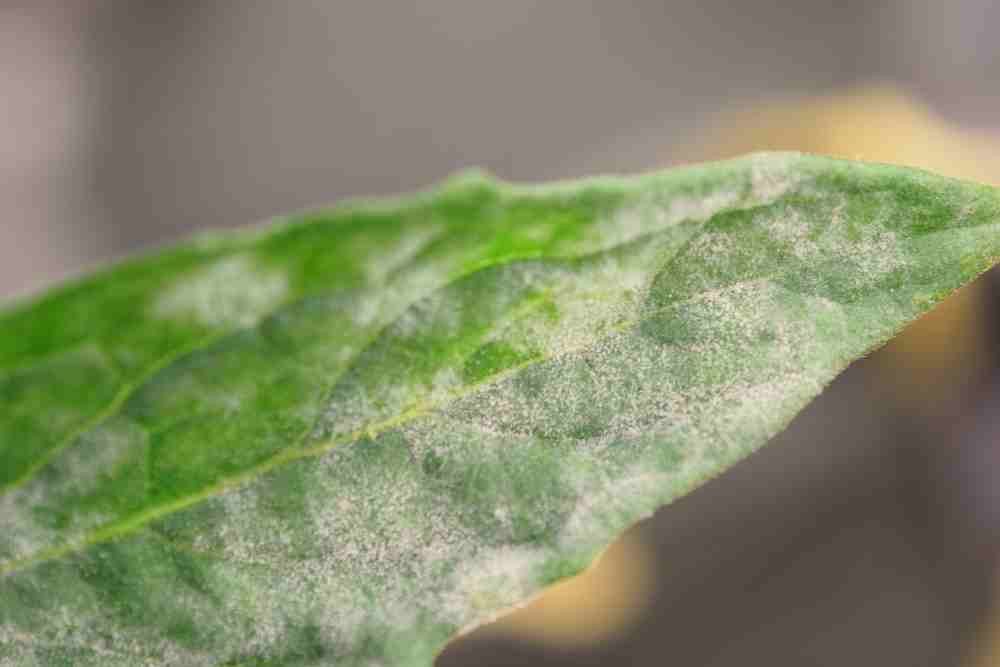
Preventing and controlling powdery mildews include acceptable cultural practices. It’s important to avoid planting susceptible plants in shady, humid areas. Prune plants to enhance light penetration and air circulation. This disease is very often in high-humidity areas. Rotate annual crops to reduce pressure from overwintering powdery mildew fungi.
It is essential to keep plants well-spaced and properly thinned to promote air movement and rapid leaf-drying light penetration. Use healthy planting stock, and when possible and use resistant cultivars. Resistant/ tolerant cultivars of fruits and many other crops are available; therefore, Plant cultivars vary in their susceptibility to powdery mildew.
Select cultivars with known resistance or tolerance to powdery mildew. When noticing the first symptom of disease, prune out and destroy the infected shoots and plant tissue. It’s important to destroy pruned material by burning, burying, or removing it to a landfill or appropriate location.
Do not compost any diseased material. Avoid over-application of fertilizing with nitrogen, which stimulates succulent growth that is most susceptible to infection. In commercial plantings or for highly valuable plants, fungicides can be applied to susceptible crops. Fungicides are effective as preventatives when it applies before primary infection.
When home gardeners employ good cultural practices, the necessity for chemical application becomes reduced dramatically. Chemical application for disease prevention and control is safe and effective when used correctly. Numerous chemical fungicides can prevent or eradicate this group of fungi and are suitable for commercial or home use.
Several products are on the market and approved for home use that is systemic within the host. MOREOVER, due to possible adverse environmental impacts, homeowners should avoid chemical applications as much as possible. Making general recommendations for chemical control due to hosts and powdery mildew species’ diversity is very difficult.
- 18 Creative Ideas for Stunning Garden Borders - April 16, 2024
- 19 Creative and Cheap Backyard Ideas: Transform Your Backyard on a Budget - April 11, 2024
- 15 Ingenious Kitchen Garden Ideas to Cultivate Freshness Right at Home - April 7, 2024


